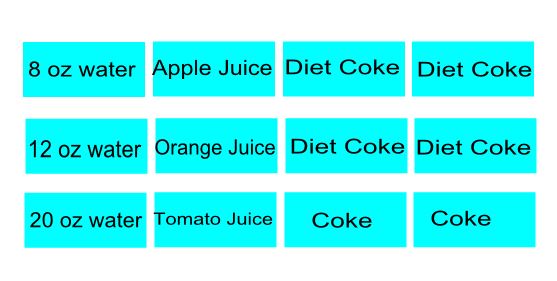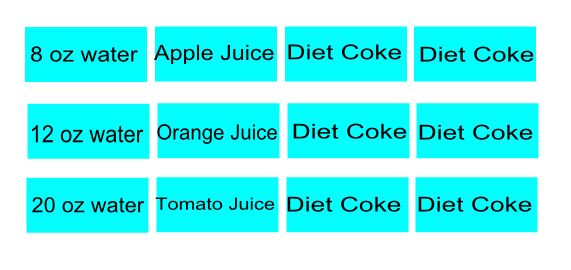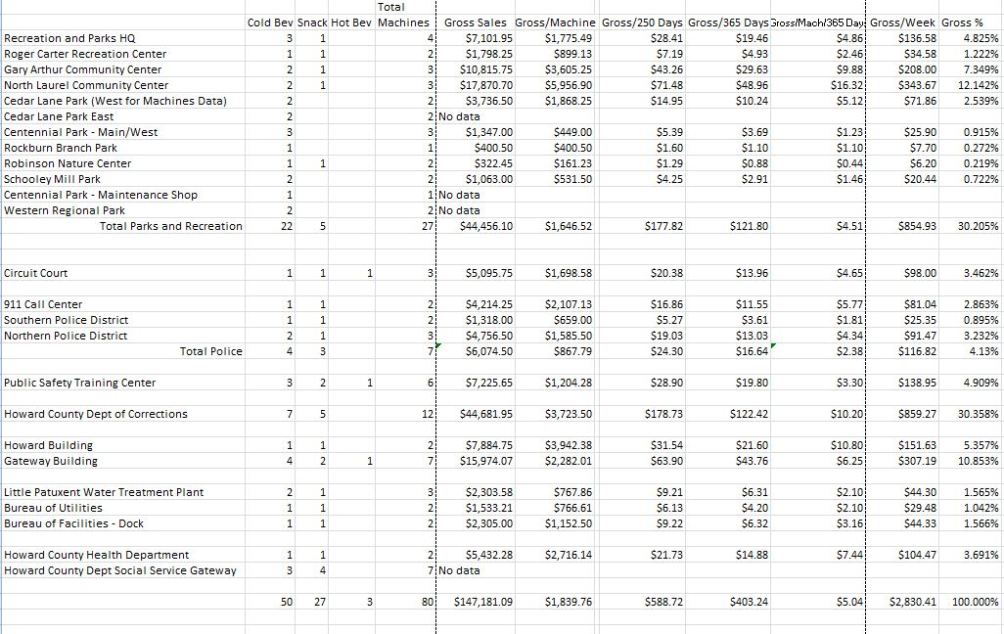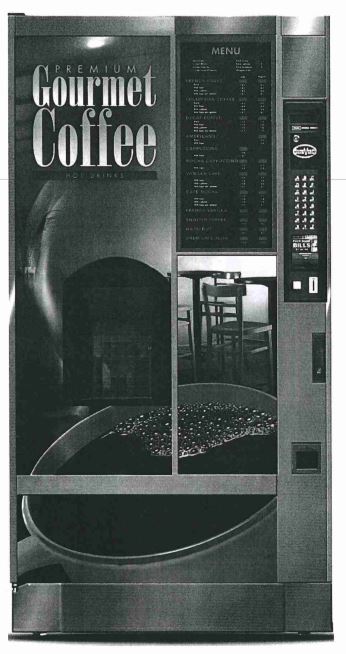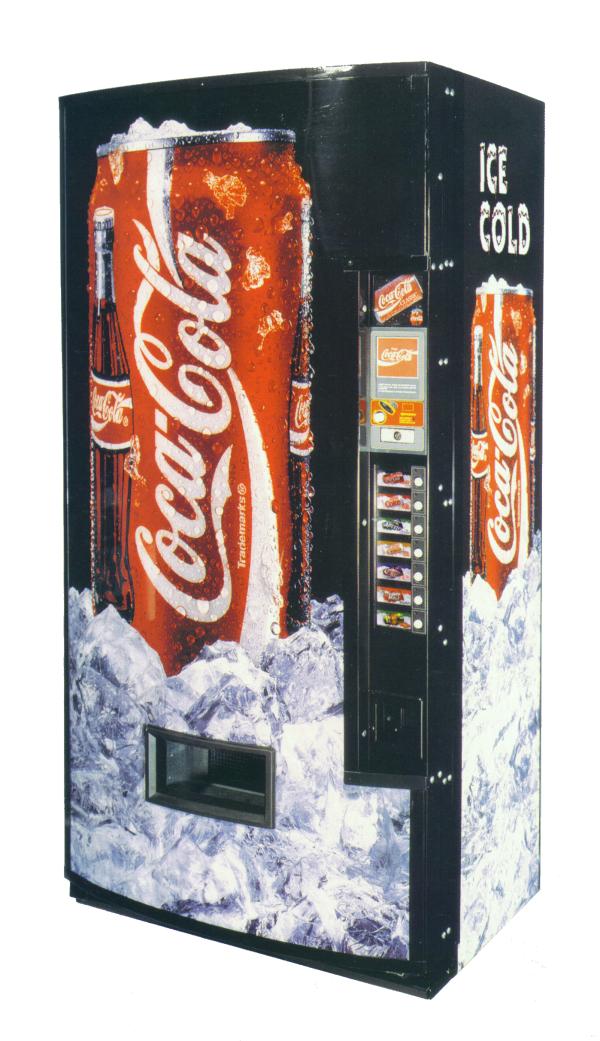Careless drafting by the Howard County Council has caused the list of healthy food options in CB17-2015 to be quite nutty and in fact generally nutless. At best the language is ambiguous; at worst it excludes the very food items which the proponents of the bill sought to include as healthy options. When the Council passed Amendment 1 to the original Amendment 1 which Councilman Ball stated was intended to restore “100% nuts or seeds” to the list of healthy food options, they actually did the exact opposite.
This blog took several days to write and consider and then rewrite. One needs to read these provisions with an open mind. The brain tends to fill in the missing language to fulfill the intent of the bill. However, the actual language of the provisions do not match the intent. Having watched the Council debate, spoken with Councilman Ball’s assistant and read the Baltimore Sun editorial, there is a belief that the language actually permitted nuts and seeds. Yet, this is not really what the provision states.
To understand the issue, one needs to carefully read the applicable provision:

As can be seen, (d)(3) says that a healthy food option is one which contains less than thirty-five percent of calories from fat, unless the food contains 100% nuts or seeds. All foods below the thirty-five percent standard are alright, but not 100% nuts or seeds. There is the assumption that nuts or seeds are permitted even though they exceed the thirty-five percent standard. Grammatically, this is not so. While Councilman Ball intended to add nuts and seeds to the list of healthy options, the exception really says that products with 100% nuts or seeds are not healthy options whether or not they meet the thirty-five percent standard.
The same can be said for the exception in d(5). Nowhere does it say that milk, fruits and vegetables are healthy options. It actually carves milk products, fruits or vegetables out of list of healthy options–period.
Consider for a moment a provision which says that “the Council shall meet on no more than 20 days on the 1st and 4th Monday, except if the building is closed for a holiday or snow.” The exception says that there is no meeting on holidays or snow days–period. Also consider the common rule for the Council and boards in Howard County that “a person shall speak for no more than 3 minutes, except if they are a representing a group.” This language by itself says if you are representing a group a person cannot speak at all. Of course this is not really the rule because the provisions have the additional language “in which case the person may speak for no more than five minutes.” For another analogy, consider a requirement that says that “the building shall be open from 9 am to 5 pm each day, except for Sunday.” This means that Sundays are not included in the days that the building is open; the building is closed.
The healthy food option exceptions are missing the additional language that nuts and seeds are considered healthy options with language such as “which may have up to fifty percent calories from fat.” When the USDA drafted the Smart Snack in Schools standards, they used a different structure for the exceptions by clearly explaining the exemption in a separate subsection and not in one clause: “Nuts and Seeds and Nut/Seed Butters are exempt from the total fat and saturated standards, but subject to the trans fat, sugar, calorie and sodium standards.” §210/11 (f)(2)(ii). The bill’s shorthand attempts to make the exemptions in subsection (d), do not legally identify the intended healthy food options.
Moreover, interestingly the 100% nut or seed provision paradoxically allows for items with 90% or 95% or 99% nuts or seeds to be considered a healthy option. An item with 100% nuts or seeds excludes not only items like trail mix from the healthy list, which the Council discussed, but also excludes any nut or seed product with added preservatives, sodium or spices because then the product with any additional ingredients would not be 100% nuts or seeds. Thus, rather than encouraging healthy nut or seed items, the 100% provision actually encourages less healthy products.
Clearly, the language in the bill does not reflect the intended result. Perhaps it would be best to allow the veto to stand and start over with a bill which adopts by reference other more well-drafted food codes such as the “Smart Snacks in Schools” standards. This would also address Executive Kittleman’s objection to codifying food standards into the Howard County Code by referencing the rules adopted by the USDA.
